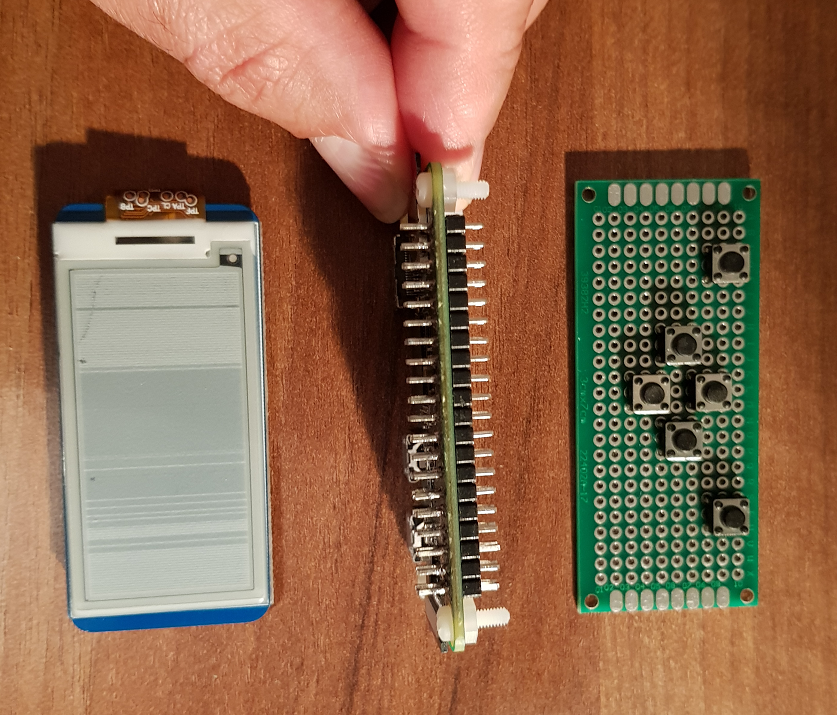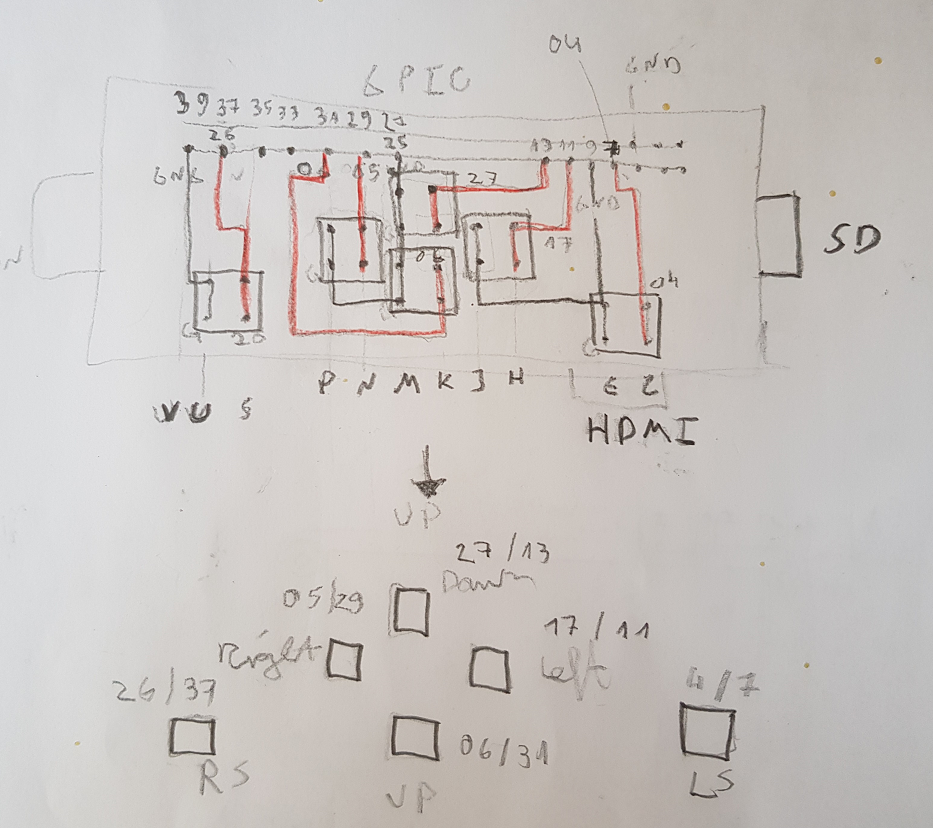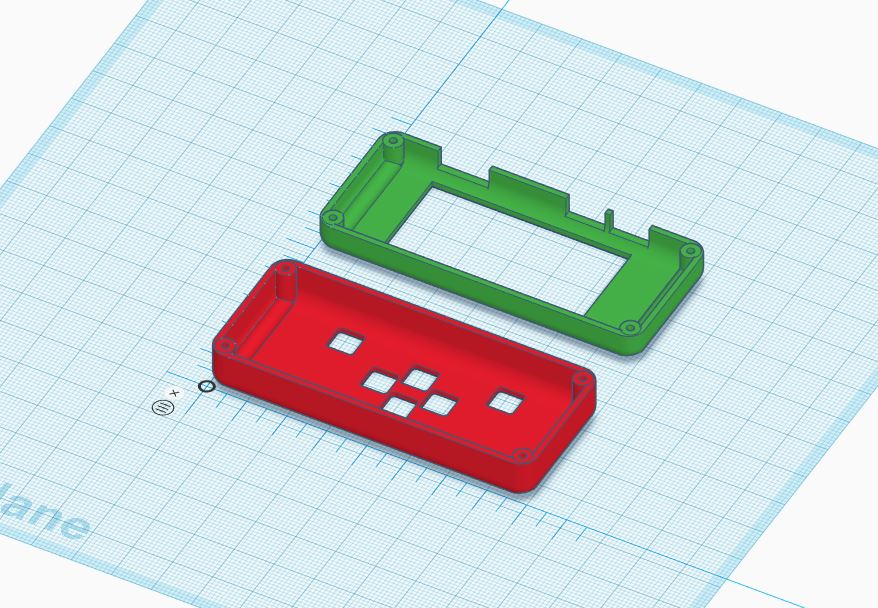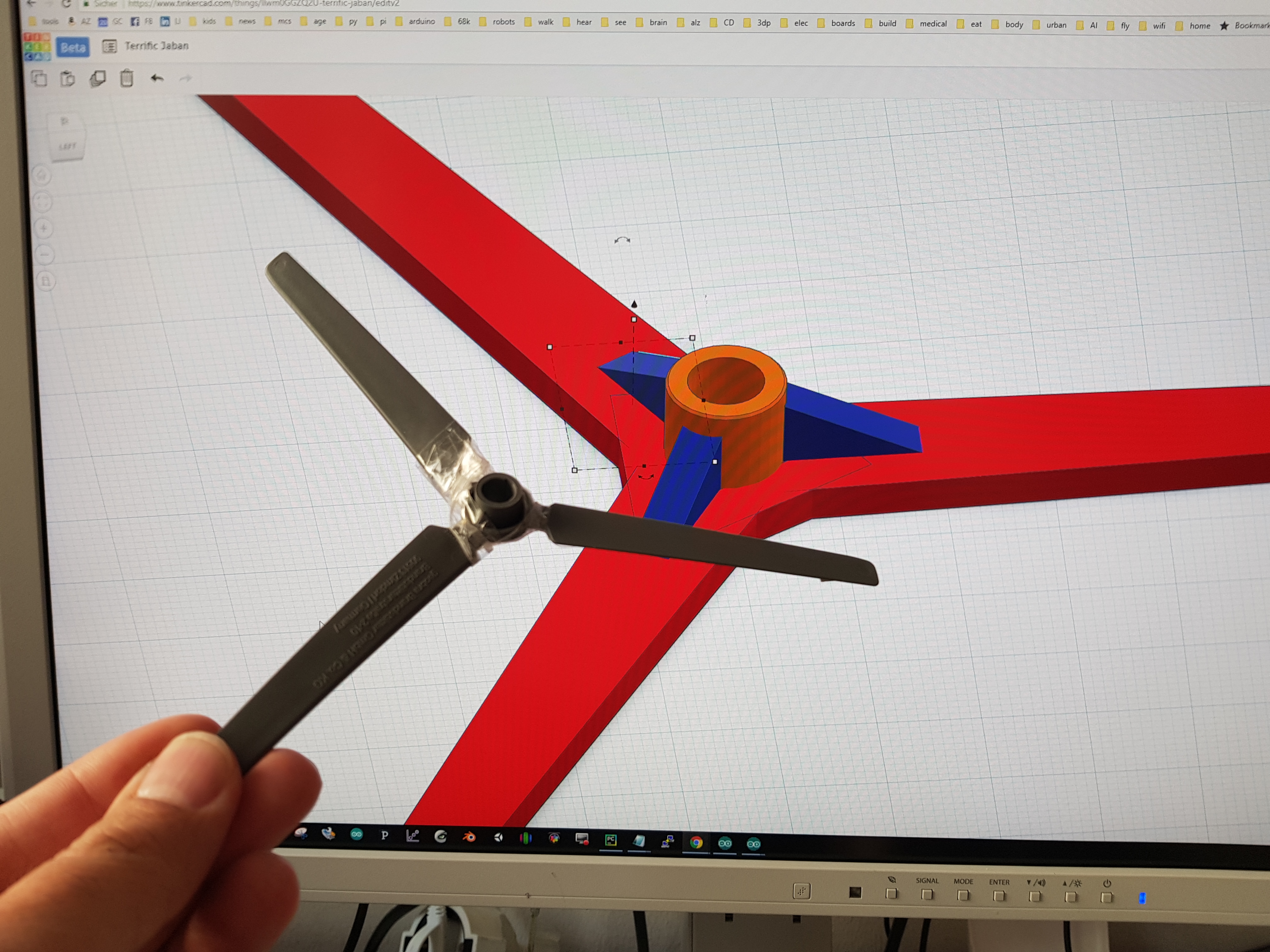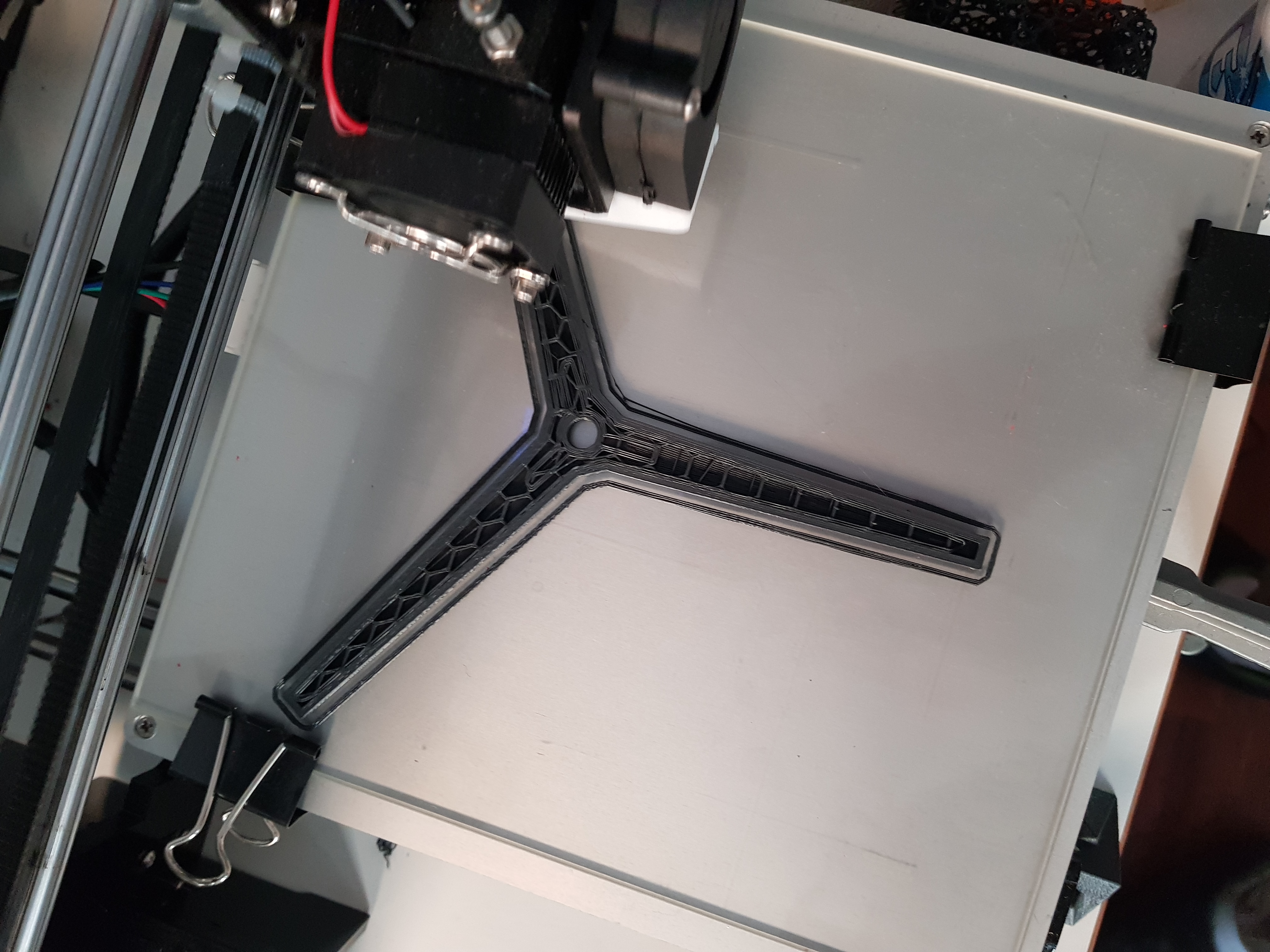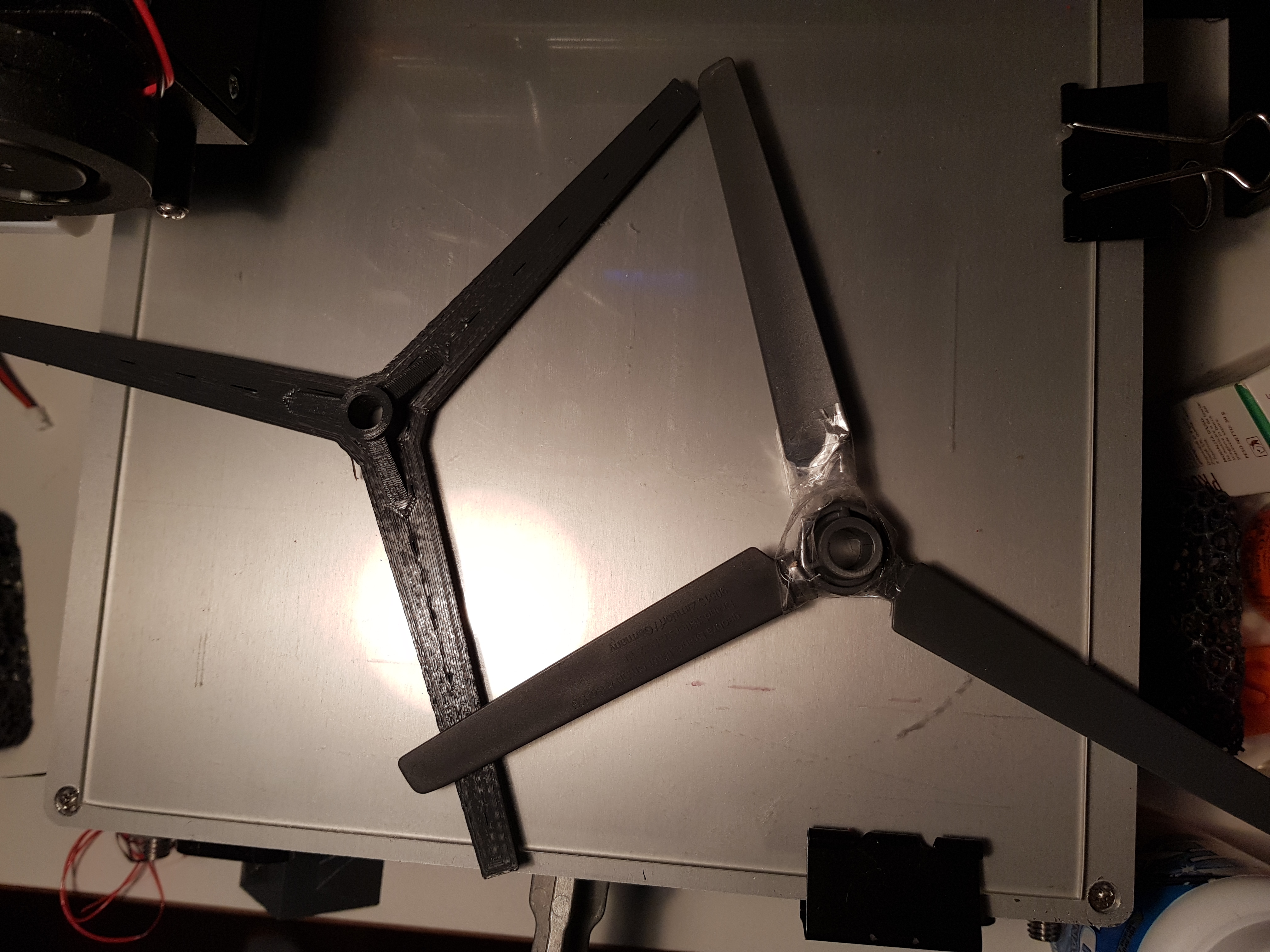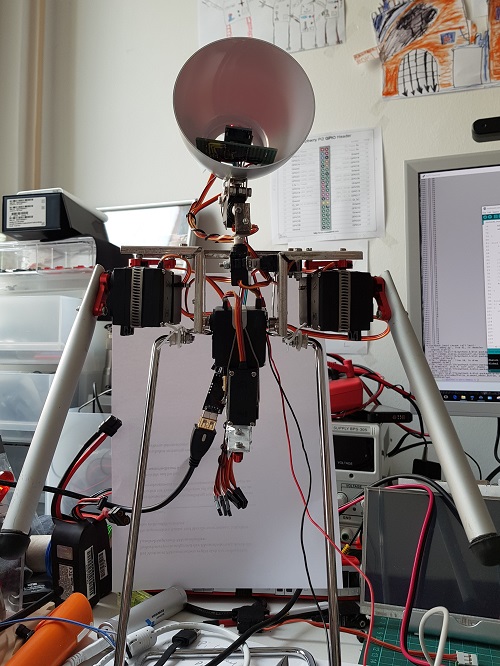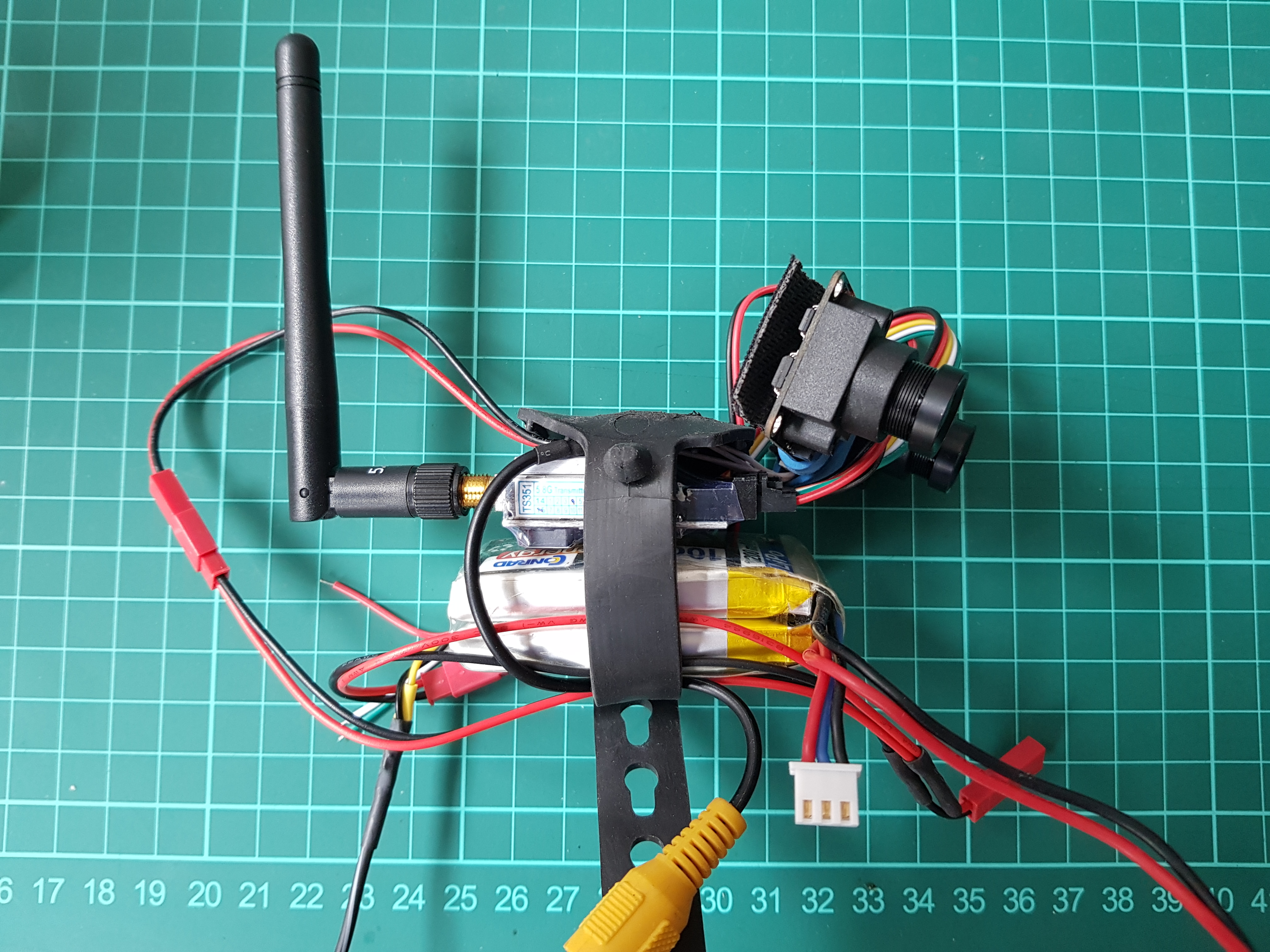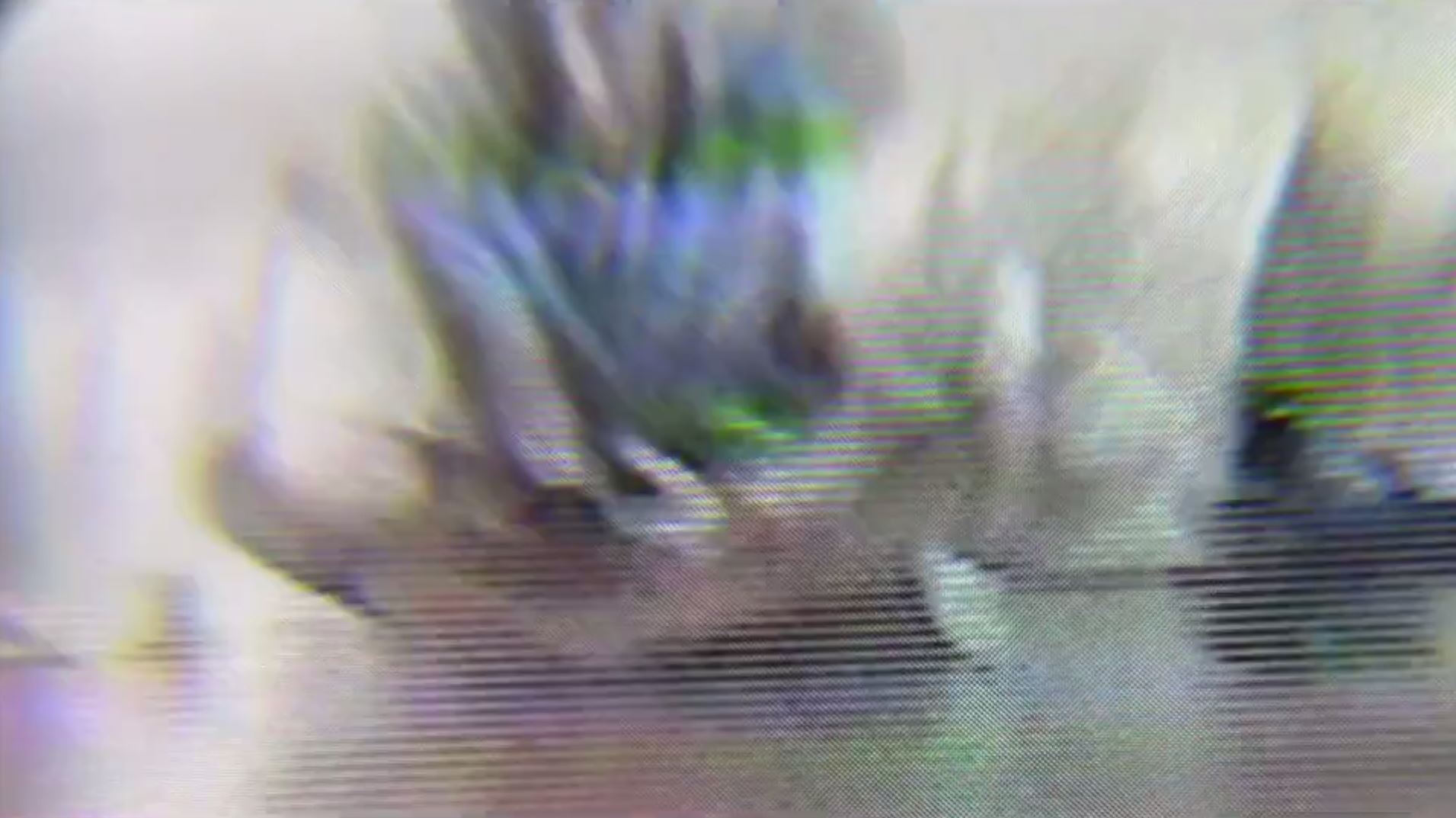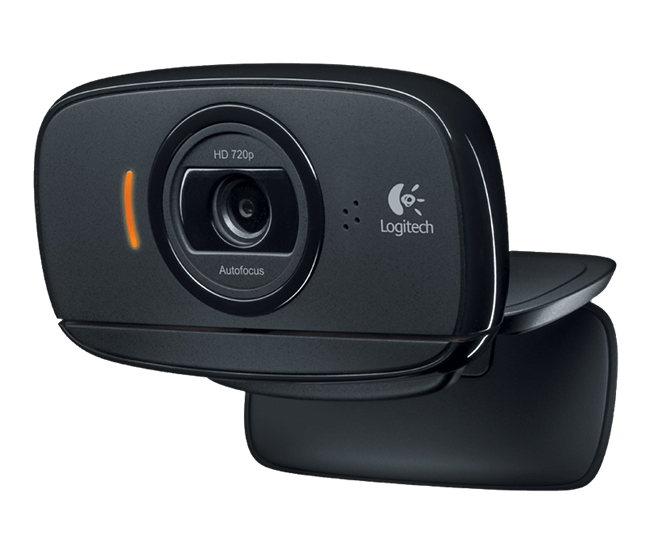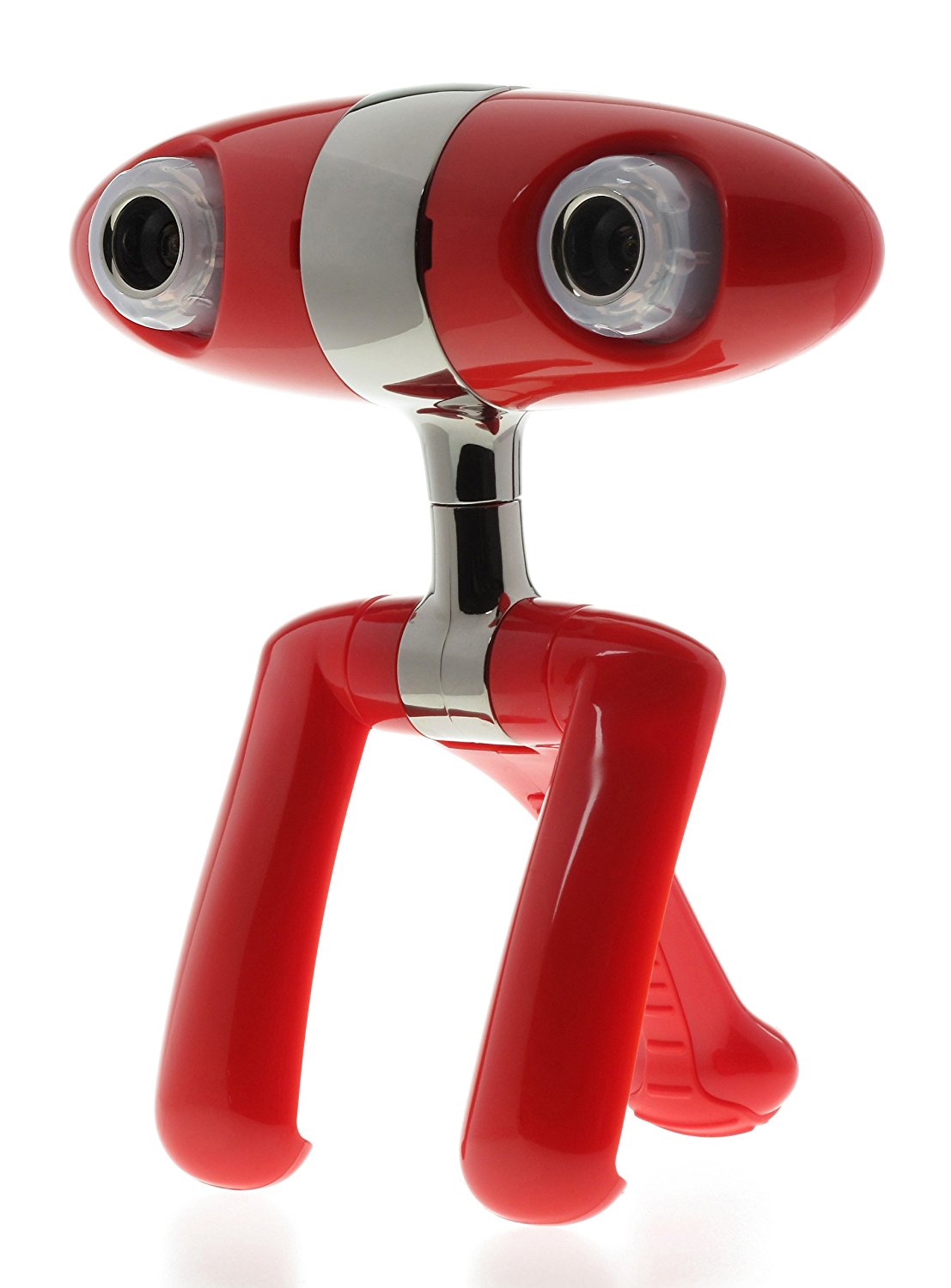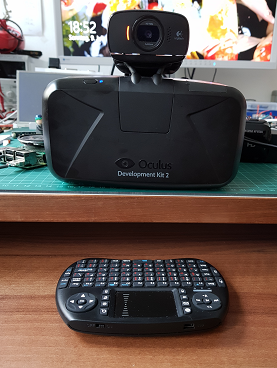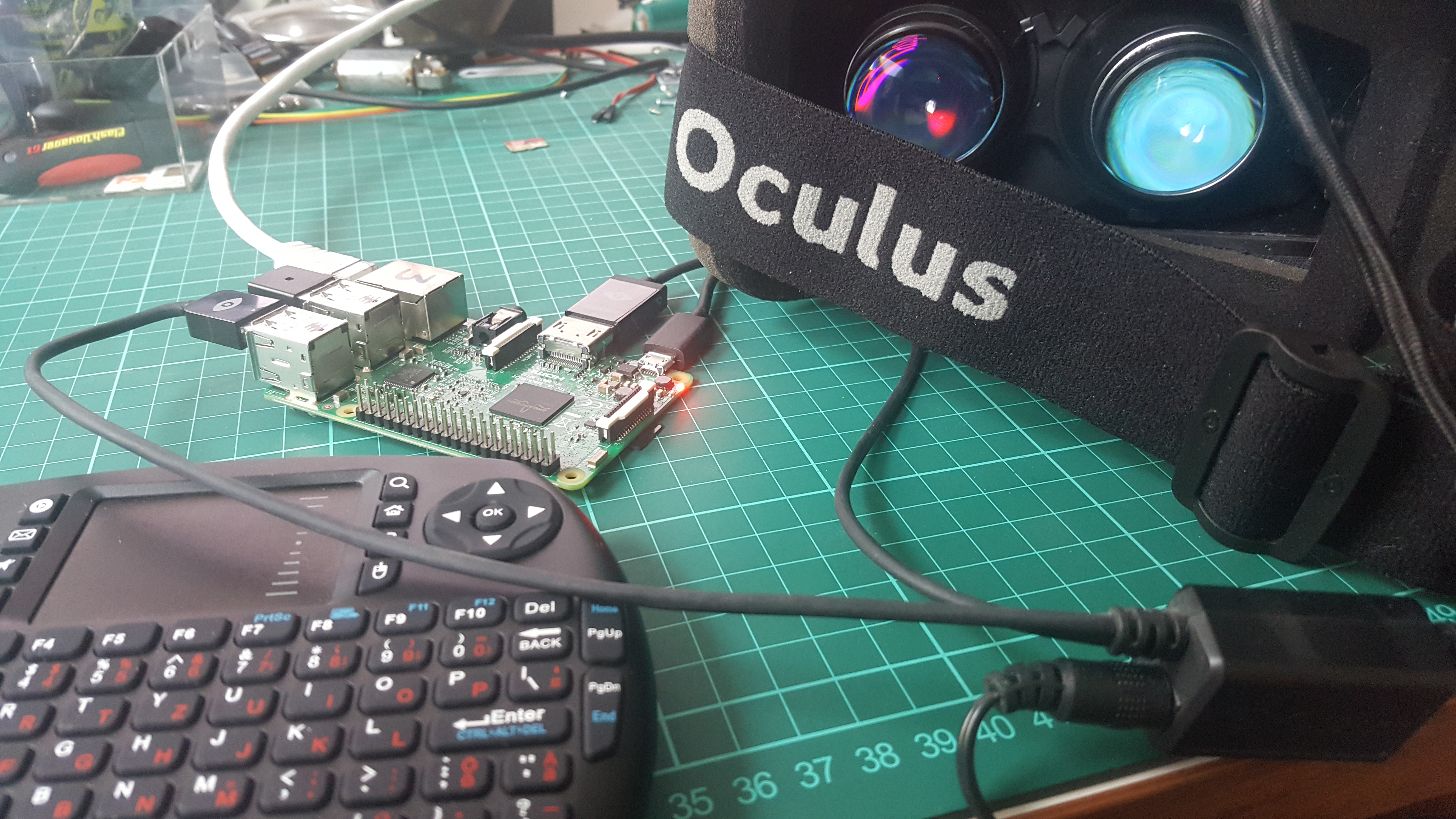I just came across this video on Facebook:
and found the original on youtube:
The original video is from 2009, we had the Computer Vision breakthrough in 2012 with Deep Learning. All the new technologies understanding human body posture and movements have been developed further since then. See for example this research from ETH Zurich predicting body movements:
Also, moving tiles are in production already at huge warehouses:
I was a supporter in the kickstarter campain of the Omni by Virtuix, but didn’t get one as the machine is so heavy that the developers decided to only ship it to professional companies, not private persons and/or also not internationally. The Omni is a treadmill:
Treadmills try to keep you in place physically, they are not really good at sensing where you are. In contrast, the tiles concept above is actually working around you as it has to understand where you are going. It is a real interface between the virtual environment (as it has to know what comes next) and your movements (and thus has to track you decently). It may be clumsy (what if the person is running?) and inefficient right now, but in my eyes, it has all the potential to make you feel running as you like and feeling the environment.
Improvements necessary:
- It has to become smarter in seeing and predicting the body movements
- it has to become faster, maybe even smaller then.
- possibly the plates have to tilt in directions to emulate environments better (going up a hill).
I would love to see this concept advancing. That said, I’m still in love with the bionic chair by Govert Flint as it would work in constrained spaces, i.e. for consumer use.




